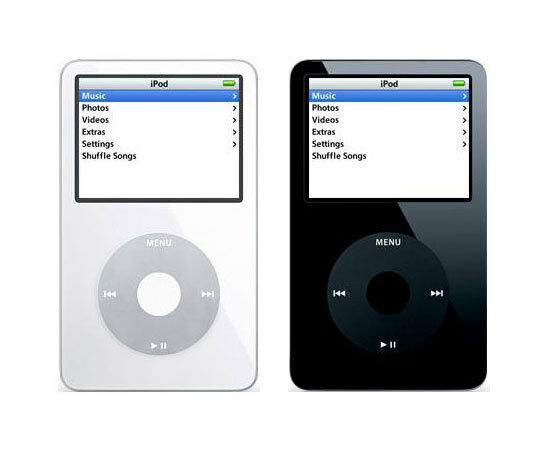Apple software engineer David Shayer says in a TidBits report that Apple worked with the U.S. government to develop a “secret” modified iPod.
Shayer says that one day in 2005, he was asked by the director of iPod software to “help two engineers from the U.S. Department of Energy build a special iPod.”
It was a gray day in late 2005. I was sitting at my desk, writing code for the next year’s iPod. Without knocking, the director of iPod Software—my boss’s boss—abruptly entered and closed the door behind him. He cut to the chase. “I have a special assignment for you. Your boss doesn’t know about it. You’ll help two engineers from the US Department of Energy build a special iPod. Report only to me.”
The engineers – identified in the story as only “Paul and Matthew” – didn’t actually work for the Department of Energy; they worked for a division of Bechtel, a large US defense contractor to the Department of Energy. The two were assigned an office at Apple headquarters, and over several months they were taught how to navigate and change the early iPod operating system.
Only four individuals at Apple were aware of the project at the time, none of whom still work at the company, and there was no paper trail as all communication occurred in person.
The team’s goal was to modify an iPod with custom hardware to record data. The device still had to look and operate like a normal iPod, and any acquired data recorded to the iPod’s hard disk had to be undetectable. Shayer’s main role in the project was to facilitate any help required by the Department of Energy from Apple.
The modified device was a fifth-generation iPod, which was chosen due to its large for the time 60GB hard drive and easy to open case. It was also the last iPod not to have Apple digitally sign the operating system, making it easier to modify the software on the device.
Shayer never saw the added hardware, but believes the modified media player may have been modified to act as a “stealth Geiger counter.”
My guess is that Paul and Matthew were building something like a stealth Geiger counter. Something that DOE agents could use without furtively hiding it. Something that looked innocuous, that played music, and functioned exactly like a normal iPod. You could walk around a city, casually listening to your tunes, while recording evidence of radioactivity—scanning for smuggled or stolen uranium, for instance, or evidence of a dirty bomb development program—with no chance that the press or public would get wind of what was happening. Like all other electronic gadgets, Geiger counters have gotten smaller and cheaper, and I was amused to run across the Radiation Alert Monitor 200, which looks an awful lot like a classic iPod.
Shayer mentions that only four people at Apple knew about this secret project. “Me, the director of iPod Software, the vice president of the iPod Division, and the senior vice president of Hardware. None of us still work at Apple. There was no paper trail. All communication was in person.”
(Via MacRumors)


